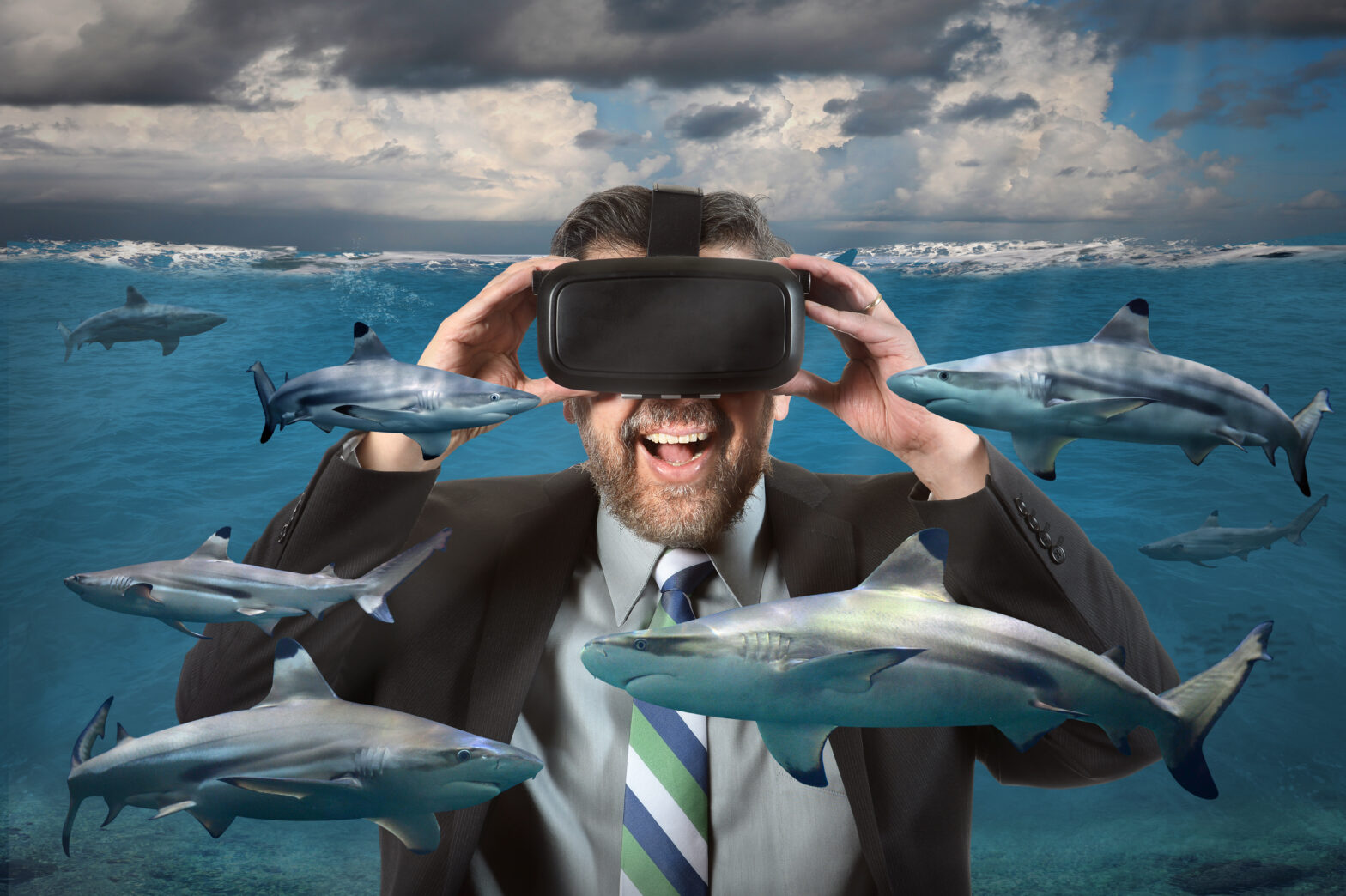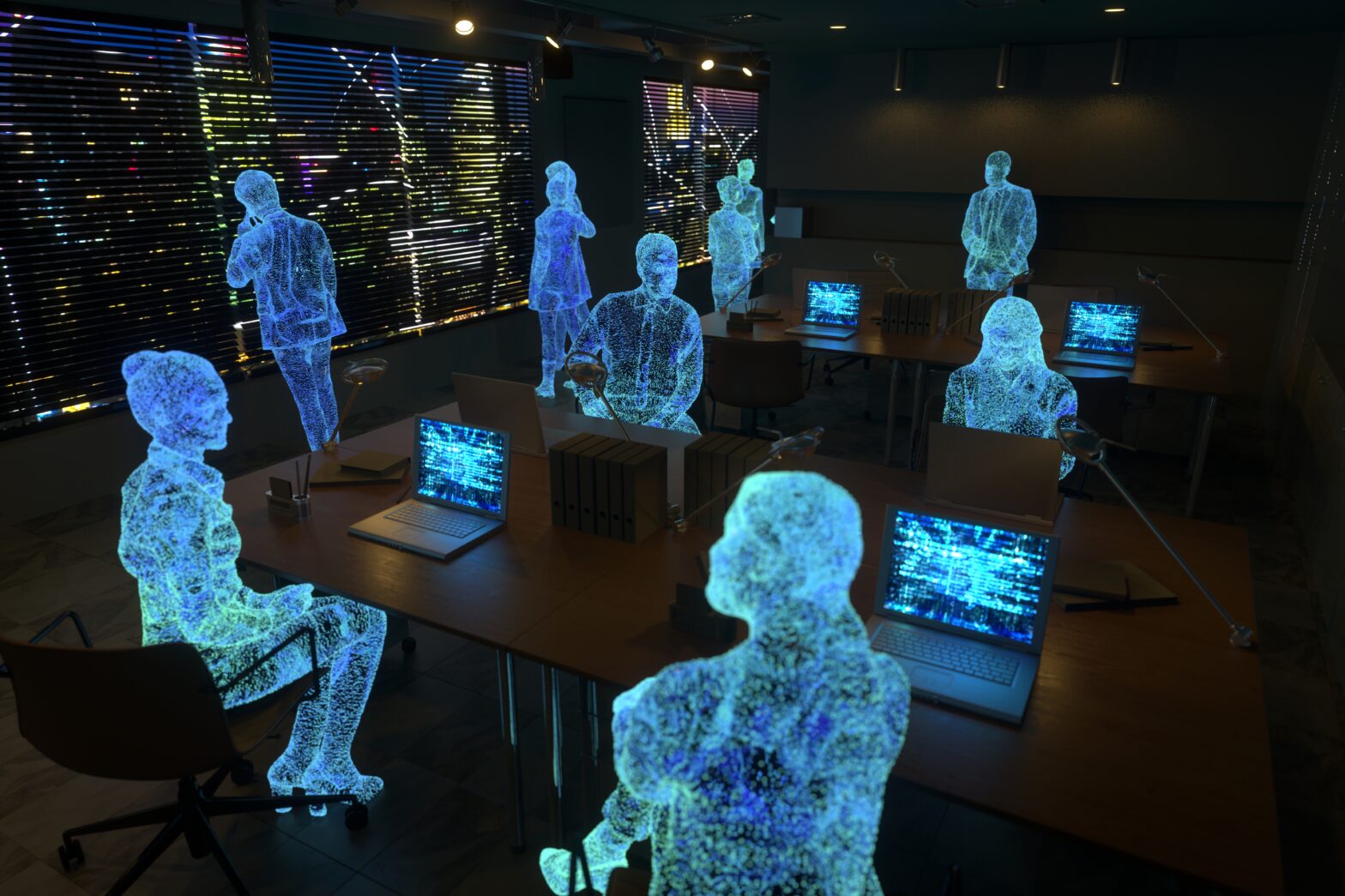VR Goes Mainstream
It is looking increasingly likely that 2016 will be remembered as the year that VR went mainstream.
The Oculus Rift (Facebook paid $2 billion to acquire Oculus VR in 2014), and HTC Vive headsets are already on the market, with an array of compatible games and many more in development.
Furthermore, almost every new smartphone can now be used in conjunction with a VR headset, ranging from the build-it-yourself Google Cardboard to Samsung’s Oculus powered headset.
PlayStation’s own VR headset is due out in October, and may well prove to be the real game changer.
The most successful VR games to date appear to be those that have been created specifically for a VR platform.
However, the big franchises are also starting to experiment with VR features. For example, this year’s Tomb Raider instalment – handily timed to coincide with PlayStation’s October headset release.
>See also: The future of virtual reality
There is also a sense that it is a matter of when, not if, there will be a seismic shift from flat screen gaming to immersive multimedia.
It isn’t just the lucrative but niche world of gaming that is set for a revolution.
Virtual reality evolution
As the availability of VR devices increases, the consumption of entertainment of all kinds will be opened up to the vast potential of the VR experience.
Over the summer, NBC made the Rio Olympics the first major sporting event to feature VR coverage, albeit only via the Samsung Galaxy VR headset.
In February, British electronic band Years and Years became the first to perform a live streamed VR gig, and some film studios are already providing VR content to support big releases, such as Disney’s Movies VR, which offers an ‘immersive Disney experience where you can visit themed worlds, including Disney, Marvel and Lucasfilm’.
The potential is huge, and is likely to grow exponentially.
Devastated that your favourite band isn’t playing your home town? Never mind, because with a VR music experience you get to not just be in the crowd watching them, but up onstage with them.
Couldn’t get a ticket to the cup final? With VR you can still have the fully immersive and authentic experience of cheering on your team, but without the travel chaos and queues for the toilet. And imagine what being able to interact with the characters in your favourite movie will be like.
Of course, the entertainment industry isn’t the only area in which easily accessible and fast VR interfaces can be exploited.
>See also: 3 ways brands can get virtual reality right
In April, an operation to remove a malignant tumour was live streamed in VR by Barts Health NHS Trust in London, with armchair viewers, and more importantly medical students, able to view the operation in 360 degrees with any VR headset and on any compatible device.
Certainly not for the squeamish, but the surgeon who carried out the operation has set up a company through which he hopes to use VR in order to train students around the world, especially those in developing countries who may not have the resources and facilities of NHS hospitals.
Medicine, science, education: The list of fields which could benefit when everyone has easy and reliable access to a VR platform is almost endless, and increasingly exciting. Everything, from how you talk to your friends on Facebook to viewing a property, will be changed by the virtual revolution.
We are seeing the beginnings of this now, but it is likely to be several years before the true extent of VR influence becomes clear.
Data Driven
As with the success of widespread streaming of TV and movies, the emergence of mass market VR will rely heavily on the upscaling and skilful management of data centres.
Increasing VR usage will require unprecedented levels of computing power, connectivity and data storage.
Earlier this year, Huawei VP Bo Begole wrote about how the theoretical upper limit of bandwidth for a truly authentic VR experience could be a whopping 5.2 gigabits per second.
>See also: The Rio 2016 Olympics will be a defining moment for virtual reality
Whilst we may be nowhere near this yet, it is clear that a VR explosion anything like that which some are predicting could mean that data centres would need to vastly increase their capacity and develop further infrastructure, especially in emerging markets in developing countries.
They will also need to predict the potential spikes in demand that could come, for example, with events like the 2018 World Cup in Russia.
So whether the VR world takes 2, 3, 5 years or longer to take shape, or whether, like tech billionaire Elon Musk has speculated, we are already living inside of one, one thing is for certain: data centre providers are a fundamental part of it.
Sourced by Digital Realty’s marketing director, Dale Green










